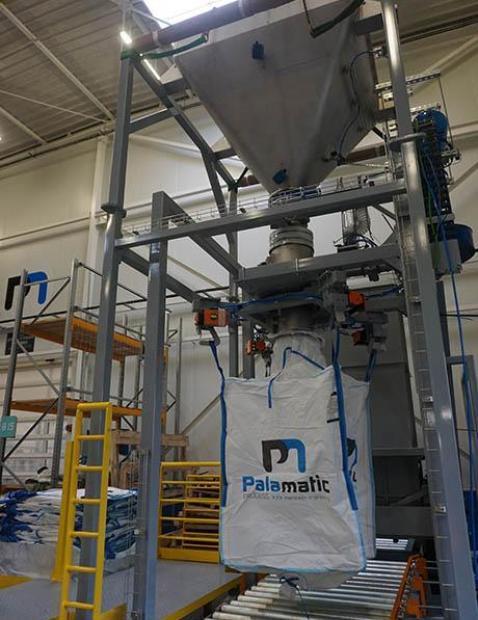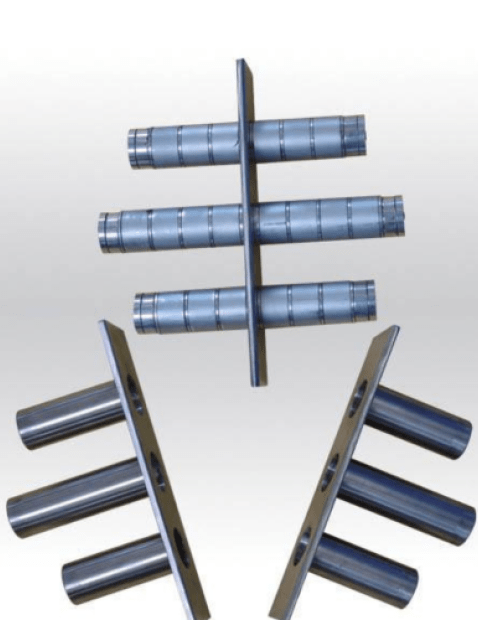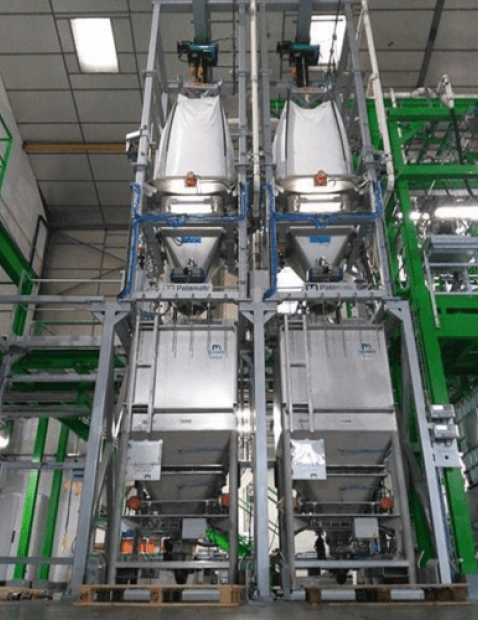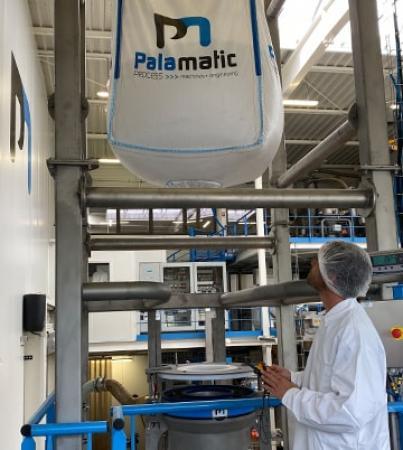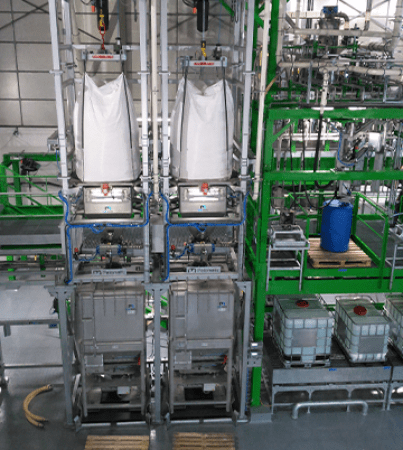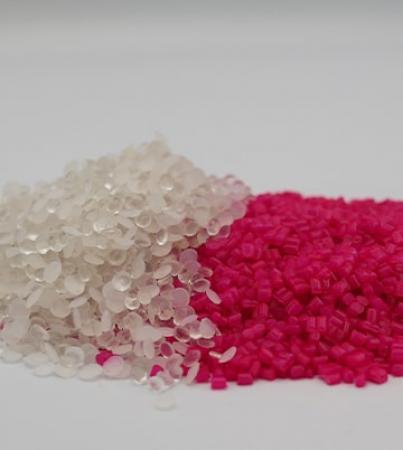Focus on the safe preparation of electrode slurry: the crucial role of carbon black in the battery manufacturing process
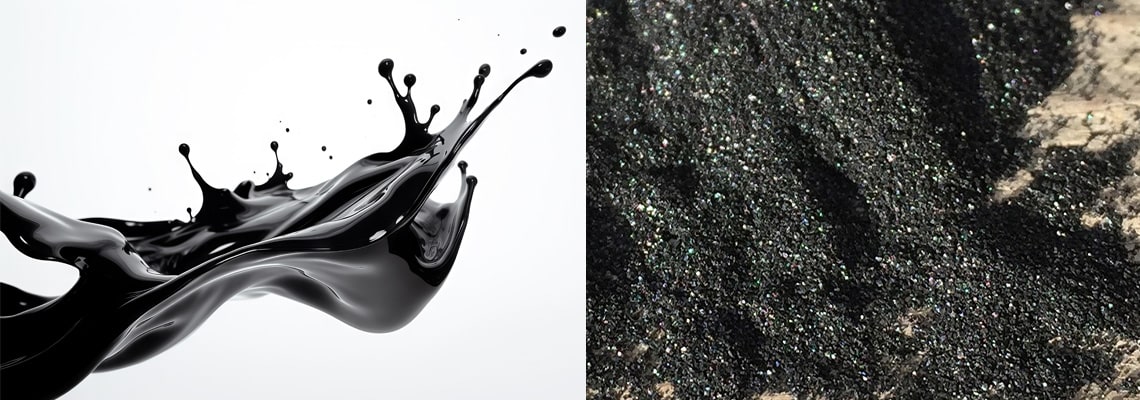
In the complex world of battery manufacturing, electrode slurry preparation plays an essential role in the design and performance of energy storage systems. At the heart of this process, carbon black is emerging as a key player. This article details the various uses of carbon black, particularly in the preparation of electrode slurry, and shows just how important it is in the manufacture of batteries.
1. Understanding carbon black
Carbon black is a type of carbon produced when heavy petroleum products are partially burned. It comes in the form of fine particles and offers high surface area, electrical conductivity and thermal stability. These characteristics make it a strategic material in battery technology.
2. Carbon Black in Electrode Slurry Preparation
Improved conductivity:
- As a conductive additive, carbon black facilitates the efficient transfer of electrons within the battery. Adding carbon black increases the electrical conductivity of the slurry, enabling faster charging and discharging and improving overall battery performance.
Structural support:
- In addition to improving conductivity, carbon black offers important support to the structure of electrode materials. Acting as a reinforcing agent, it preserves the integrity of the slurry throughout the manufacturing process, guaranteeing electrode durability.
Dispersion and homogeneity:
- Carbon black's large surface area makes it easy to distribute components evenly throughout the slurry, ensuring essential homogeneity. This balanced distribution translates into consistent electrochemical performance across the entire electrode surface.

Do you work in the battery industry and have a powder handling project?
I'm available to discuss the subject with you.
Tarik, powder expert
3. Developments in slurry formulation
Recent advances in battery technology have led to more sophisticated slurry formulations. The integration of carbon black goes beyond its traditional functions, with manufacturers exploring compositions tailored to the specific requirements of different battery chemistries.
4. Palamatic Process' role in the industrial process
Palamatic, an expert in powder handling, has positioned itself as a strategic partner in the implementation of industrial processes linked to carbon black processing. From bulk bag unloading to specialized feeders and mixers, our expertise covers all the crucial stages of the process.
Considering the importance of carbon black in battery manufacturing, our team is committed to providing tailor-made solutions to optimize these processes. Palamatic Process is dedicated to the the advancement of the battery industry.
5. Technical Containment Solutions
Palamatic Process understands the importance of operator safety and is dedicated to providing technical solutions that guarantee a high level of containment.
hese devices prevent any release of toxic powder, guaranteeing a safe working environment that complies with regulatory standards.
6. Conclusion
With the growing demand for high-performance batteries, the crucial role of carbon black in the preparation of electrode slurry remains undeniable. Its unique properties have a significant impact on battery efficiency.
As a key player in this field, Palamatic Process is committed to being a catalyst for innovation, providing technical solutions and in-depth expertise to shape the future of the battery industry.














